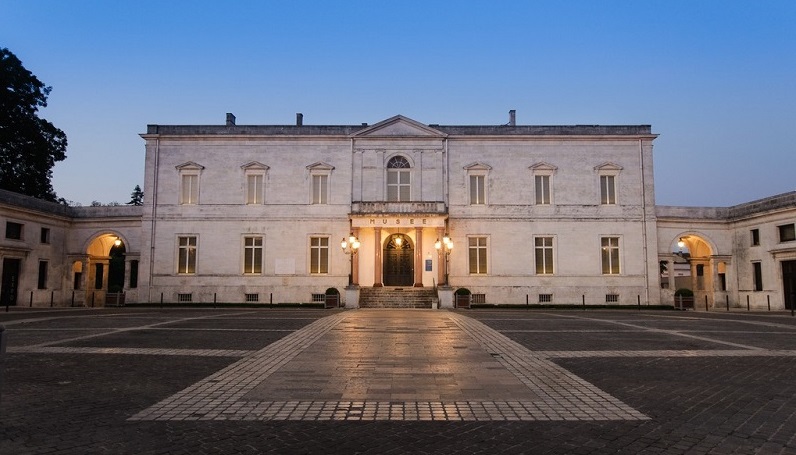Cognac is a world-renowned brandy that is synonymous with luxury, elegance, and sophistication. It is a product of a long and rich history that spans centuries, tracing its roots back to the 3rd century, when the Saintonge vineyards were expanded by the Roman Emperor Probus, granting Gauls the privilege of owning vineyards and making wine.
The production of Cognac began to take shape in the 16th century, when Dutch ships arrived at the ports of Cognac and Charentais in search of the famous wines from the Champagne and Borderies areas. The Aunis wines, however, were of poor quality, and could not withstand long sea voyages. The Dutch began using them in their distilleries and transformed them into “brandwijn,” or burnt wine, which was then drunk with water to recreate the original wine. This marked the birth of brandy.
In the 17th century, double distillation made its appearance in the region, allowing the transformation of local wines into eau-de-vie and their transportation by sea without damage. The first distillation stills in the Charente were built by the Dutch, and they were progressively modified until French distillers refined the method of double distillation, also known as Charentaise distillation. The realization that eau-de-vie improves when it spends extended time in oak casks made with wood from Limousin, and that it could even be consumed straight from the cask, further enhanced the reputation of the product.
From the end of the 17th century and most especially from the beginning of the 18th century, the market for Cognac became organized. Local offices were created in the main towns of the region to collect eaux-de-vie and establish long-term commercial relationships with buyers in Holland, England, Northern Europe, and later in America and the Far East. This era marked the beginning of the growth of the Cognac industry and the establishment of the reputation of the product as a luxury item.
In the 19th century, many trading houses began to ship eau-de-vie in bottles instead of casks, giving birth to related industries such as glassmaking, case-making, corks, and printing. However, the phylloxera epidemic that arrived in the Charente around 1875 destroyed most of the vineyards, leaving only 40,000 hectares by 1893. This led to the creation of a Viticulture Committee that became today’s Station Viticole – Cognac’s technical center – in 1892. The economic recovery of the region took many years of patient effort.
In the 20th century, the vineyards were slowly replanted using American rootstock immune to phylloxera, and the traditional grape varieties were gradually replaced by Ugni Blanc, which is now used for more than 90% of the production of Cognac. In 1909, the geographical area for Cognac production was delimited by the government, and in 1936, Cognac was recognized as a Controlled Appellation of Origin. During the Second World War, a wine and eaux-de-vie distribution bureau was created to protect the stocks of Cognac. After the war, it was replaced by the Bureau National Interprofessionnel du Cognac, and in 1948, the Station Viticole was placed under its authority. Since then, all the stages involved in Cognac elaboration are subject to regulations designed to protect the product, which has gained increasing recognition and respect.
Today, Cognac is exported to over 150 countries and is a symbol of France and her lifestyle.

